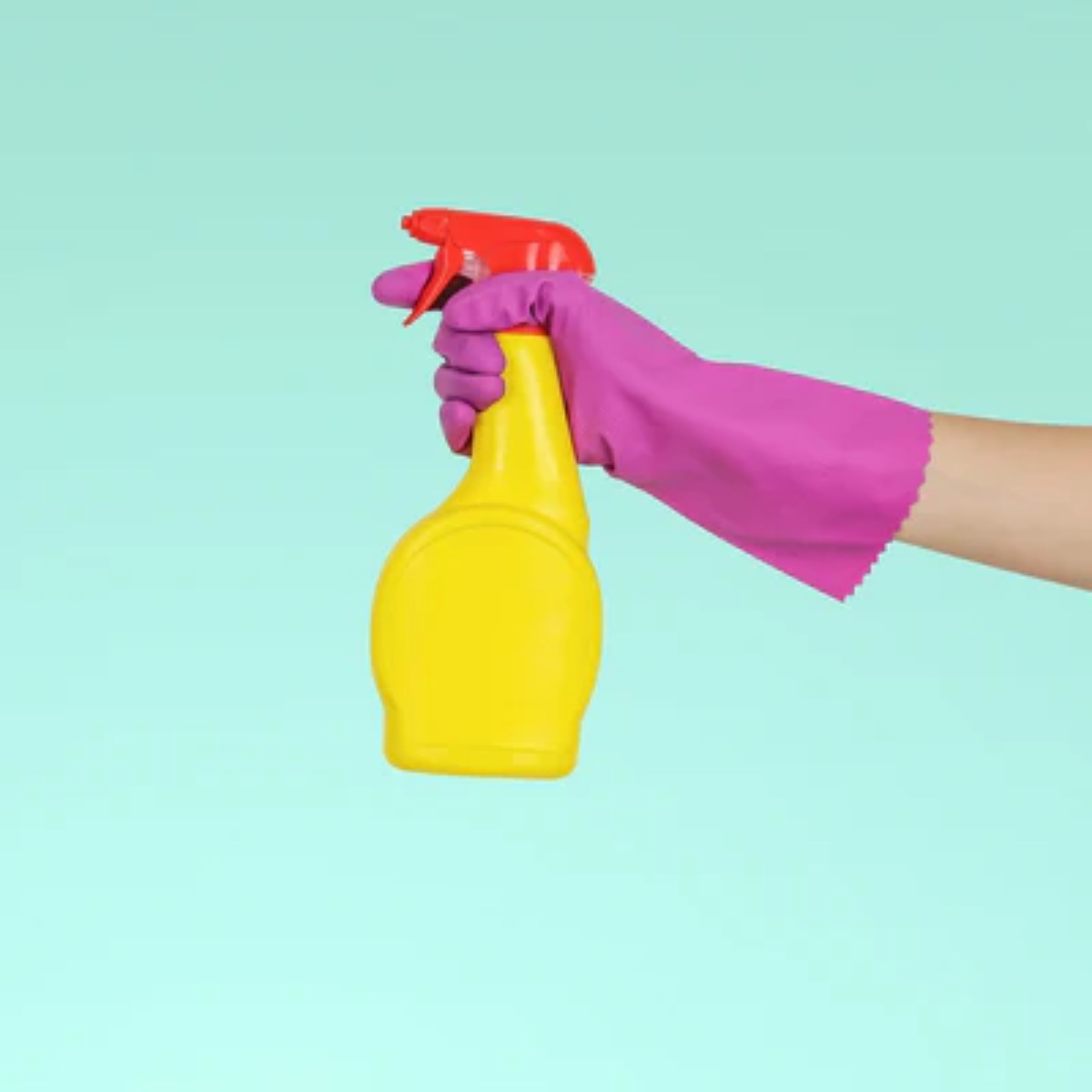Maintaining the cleanliness and structural integrity of a chastity cage is crucial for ensuring both hygiene and longevity. Regular cleaning helps prevent infections and maintains the material quality of the cage, contributing to a safer and more comfortable experience for the wearer. This article aims to guide users through the best practices for keeping a chastity cage in optimal condition. By understanding and applying these maintenance techniques, users can significantly extend the life and functionality of their devices.
Take a look at this awesome range of male chastity cages at the best possible prices by clicking here.
How to Clean and Maintain Your Chastity Cage

Understanding Chastity Cage Materials
Chastity cages are commonly made from metal, plastic, or silicone, each requiring specific care to maintain hygiene and durability. Metal cages, often made from stainless steel or chrome-plated steel, necessitate regular polishing and careful drying to prevent rust and tarnish. Plastic and silicone cages offer the benefits of being lighter and less prone to causing skin irritation, but they can retain odors and require thorough cleaning. The choice of material influences how the cage should be cleaned; for instance, metal can withstand harsher cleaning agents than silicone, which requires gentler, non-abrasive cleaners.
Basic Cleaning Procedures
To effectively clean a chastity cage after use, follow these step-by-step instructions:
- Rinse the cage under warm water to remove any immediate residue.
- Apply a mild soap or a cleaner recommended for the cage’s material, gently scrubbing all surfaces with a soft brush or cloth.
- Thoroughly rinse the cage again to remove all soap traces.
- Dry the cage completely with a soft towel or let it air dry to prevent moisture buildup.
- For daily and weekly cleaning routines, consider using specialized wipes or sprays that are safe for the cage’s material to maintain hygiene between deep cleans.
Deep Cleaning and Sanitization
Deep cleaning becomes necessary after an illness or if the cage has been stored for a long period. To perform a deep clean:
- Dismantle any removable parts of the cage, if possible.
- Soak the components in a solution of warm water and a mild antibacterial soap.
- For sanitization, use a dilute bleach solution (1 part bleach to 10 parts water) for metal parts only. For silicone and plastic, consider using boiling water or a dishwasher on a hot cycle if the materials are certified as dishwasher-safe.
- Rinse all parts thoroughly to ensure no cleaning agents remain.
- Dry completely before reassembling the cage.
Maintaining Cage Integrity and Functionality
Regular checks for signs of wear and tear, particularly on hinges, locks, and moving parts, are essential to ensure the cage’s security and comfort. Lubricating metal hinges and locks with a safe, non-corrosive agent can prevent rust and ensure smooth operation. Regularly inspect the cage for any cracks, particularly in plastic or silicone models, and replace any components that show significant wear. This routine maintenance not only prolongs the life of the cage but also secures a safe and comfortable fit.
Troubleshooting Common Issues
Common issues with chastity cages such as rusting, odor build-up, and stuck locks can be frustrating but are manageable with the right approach. For rust prevention, ensure metal cages are thoroughly dried after cleaning and apply a thin layer of a safe, non-corrosive lubricant to moving parts. To combat odor build-up, regular cleaning with odor-neutralizing solutions designed for the specific materials of your cage is essential. For stuck locks, applying a penetrating oil can free up the mechanism, but be cautious to avoid contact with skin. Preventative measures include regular maintenance checks and using only recommended products for cleaning and lubrication.
Safety Considerations During Cleaning
Safety during cleaning is paramount to avoid injuries. Always wear gloves when handling cleaning chemicals, especially if using stronger disinfectants on metal cages. Ensure all tools used, like brushes or cloths, are appropriate for the cage’s material to avoid scratches or damage. Never rush the cleaning process, as hasty actions can lead to accidents. Proper handling and use of cleaning agents and tools not only maintain the integrity of the chastity cage but also protect you from potential harm.
Conclusion
Maintaining and cleaning chastity cages is crucial for ensuring their safety, comfort, and durability. Regular maintenance, correct cleaning practices, and addressing common issues promptly are essential steps in caring for your device. By following these guidelines, users can extend the lifespan of their chastity cages and ensure a safe and comfortable experience.
Additional Resources
For those seeking further guidance on caring for chastity cages, websites like Kinkly provide comprehensive advice and product recommendations. Forums such as FetLife offer community support where users can share personal tips and experiences related to chastity cage maintenance. Investing in high-quality cleaning products and maintenance tools is advised to keep your device in optimal condition.
